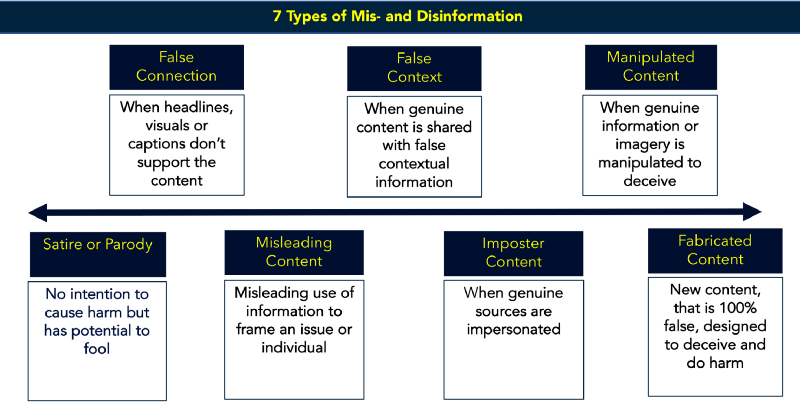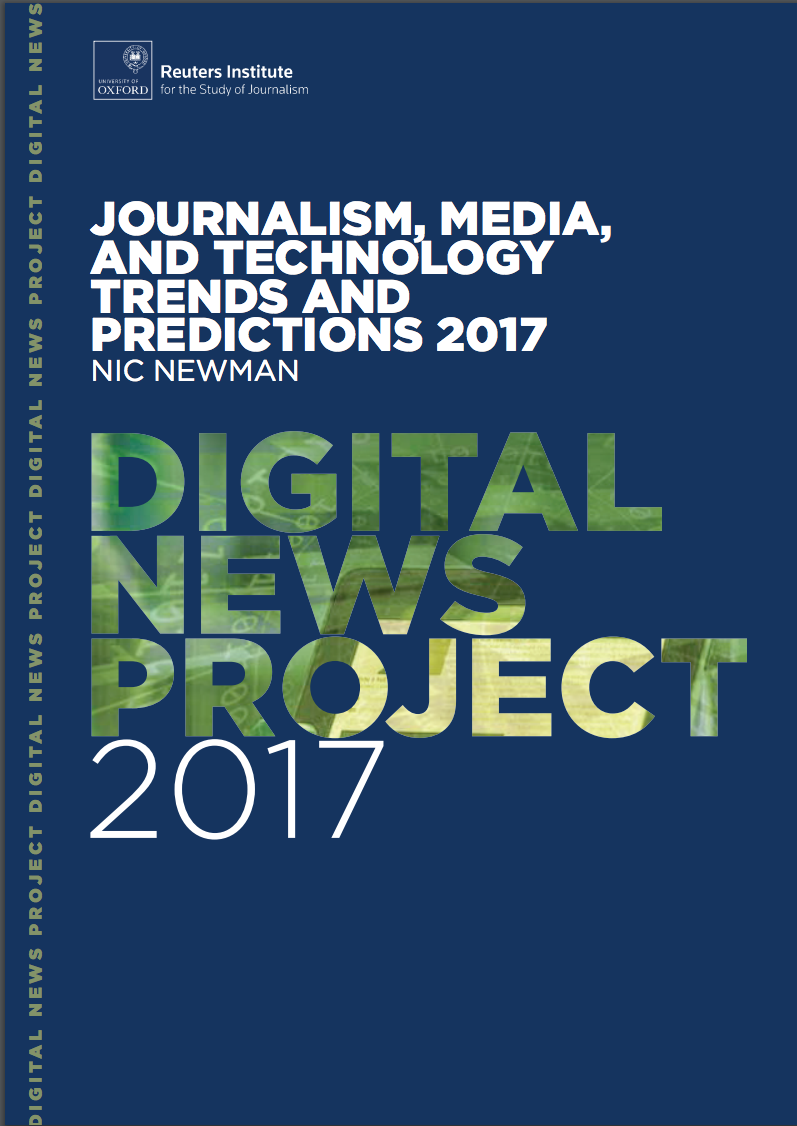
Immerse issue #5: On new storyforms in news
By Jessica Clark
In this issue, we take a look at how news labs at major outlets are experimenting with immersive and interactive storyforms. These new forays take place in the context of a sustained and increasingly shrill crisis in the industry—topped off by the most recent soul-searching over the alt-facts formerly known as “fake news.”
Can innovation actually save journalism? Will immersive platforms succeed in engaging and truth-telling where print and broadcast have failed? Here are some resources to help us all puzzle it through.

The March issue of Wired puts the news crisis front-and-center with a deep look at innovation efforts at the New York Times. Immersive journalism is only one in an array of efforts to attract and capture users’ digital news dollars—including bots, megapuzzles, podcasts, gadget reviews, and other efforts previously dubbed not “Timesian” enough. Reporter Gabriel Snyder—who late in the article reveals that he was The New Republic’s editor when Facebook co-founder Chris Hughes decided to unload it—also casts a critical eye on the role of deep-pocketed publishers as innovation patrons.
Extra credit: Read the Times’ latest innovation report, published in January.
Inventing a new barn door?
The innovation marketplace is a fickle creature. One minute VR is the Next Big Thing; the next minute, headset sales are tanking. At the moment, media futurists have their eyes on new tools and practices designed to combat the flood of false news and propaganda.
Here, Clare Wardle, the research director of First Draft — a coalition of newsrooms and social networks that formed with support from Google News Lab—lays out the various types of “problematic content.”

Solutions for finding, debunking, tagging and contextualizing these bogus content types have begun to bubble up—for example, see First Draft’s collaboration with Facebook and French media outlets to combat dubious reporting on France’s election.
Extra credit: See Wardle’s [M|D]isinformation Reading List, plus this massive collectively authored compendium of related research and resources started by Eli Pariser, the author of The Filter Bubble.
Conversation on the rise, but mixed results for mixed reality

The Reuters Institute for the Study of Journalism released its latest predictions with a lukewarm assessment of immersive tech’s role in news.
“With the initial excitement of 2016’s launches fading away, the key questions now relate to how the platforms will evolve and what we’ll be able to do with them. Ultimately consumers who are not interested in gaming will need a compelling reason to invest their time and attention whether that be 360 degree video tours, news or sport experiences, or the kind of immersive social worlds that Facebook are planning to build. Some argue that this year will see the beginning of VR’s transition from a curiosity into something more tangible. Others say that fully immersive use cases will always be too limiting and the future lies in a world where digital experiences augment rather than replace our reality.”
 From the Robot-A-Day project
From the Robot-A-Day project
In contrast, the report—based on survey feedback from 143 digital leaders from 24 countries—predicts widespread innovation in “conversational journalism,” facilitated by messaging apps, chat bots, and the rise of voice-driven personal assistants such as Siri and Alexa.
Extra credit: Want to build a news bot? Use this “Botness Scale” from the Future Today Institute to see if you’ve accidentally encoded bias into your creation.
Immerse is an initiative of Tribeca Film Institute, MIT Open DocLab and The Fledgling Fund. Learn more about our vision for the project here.